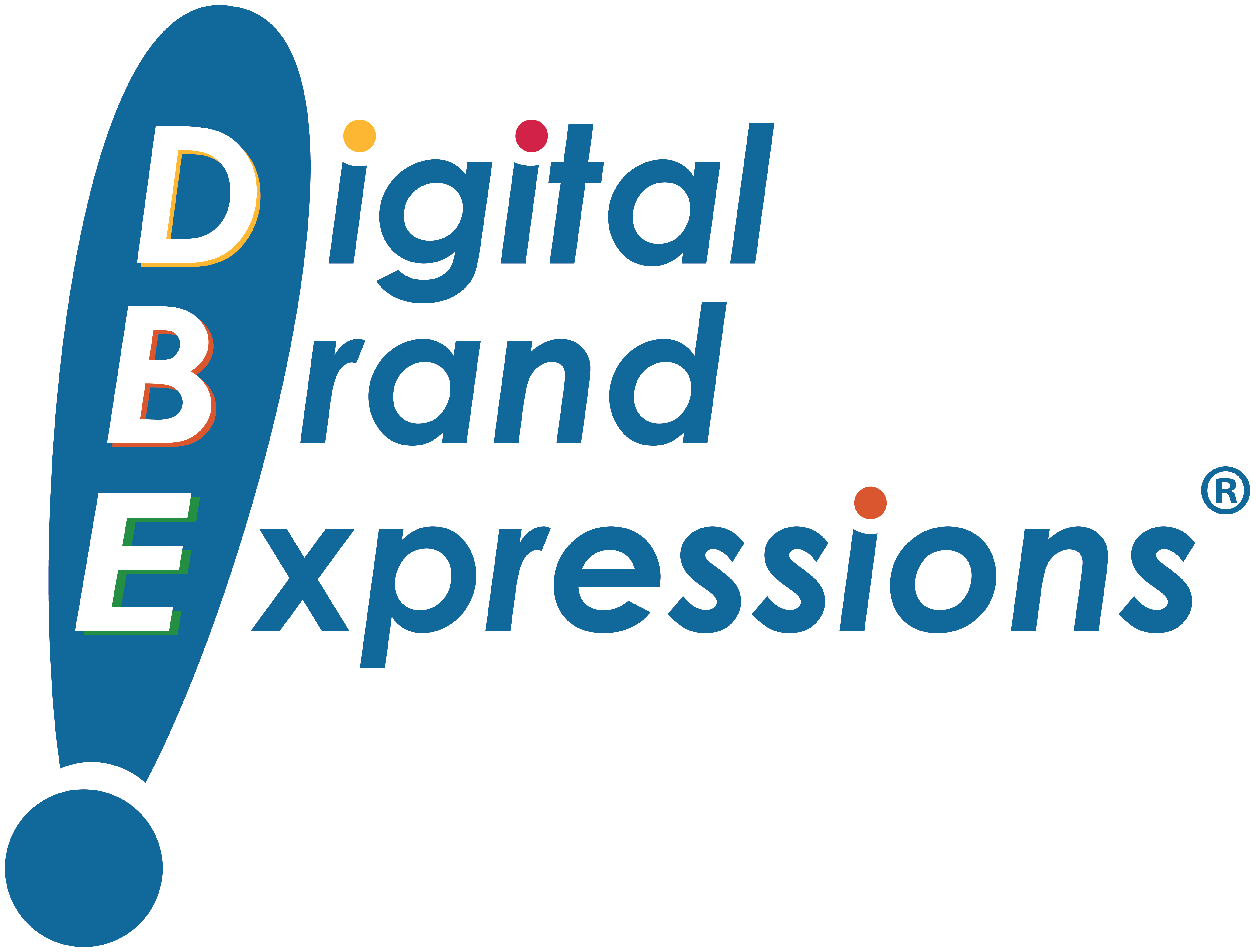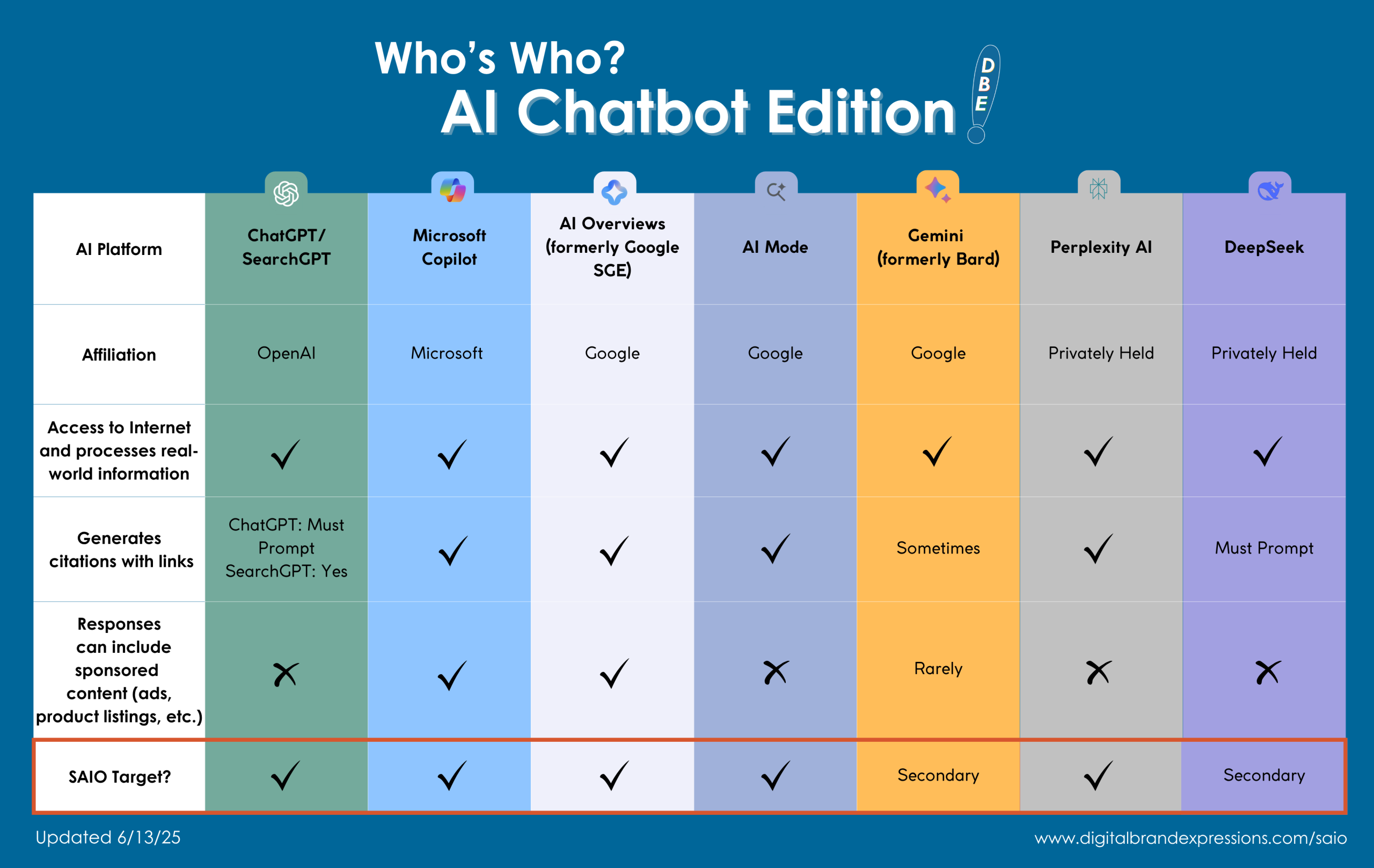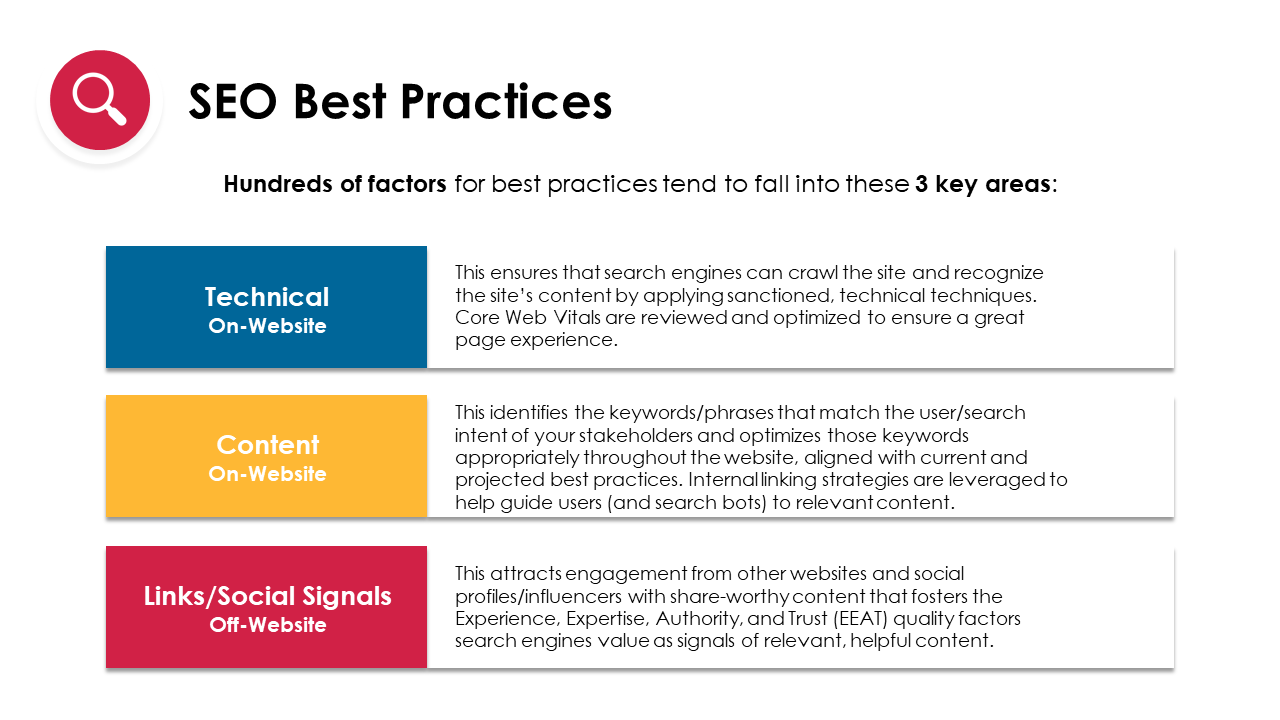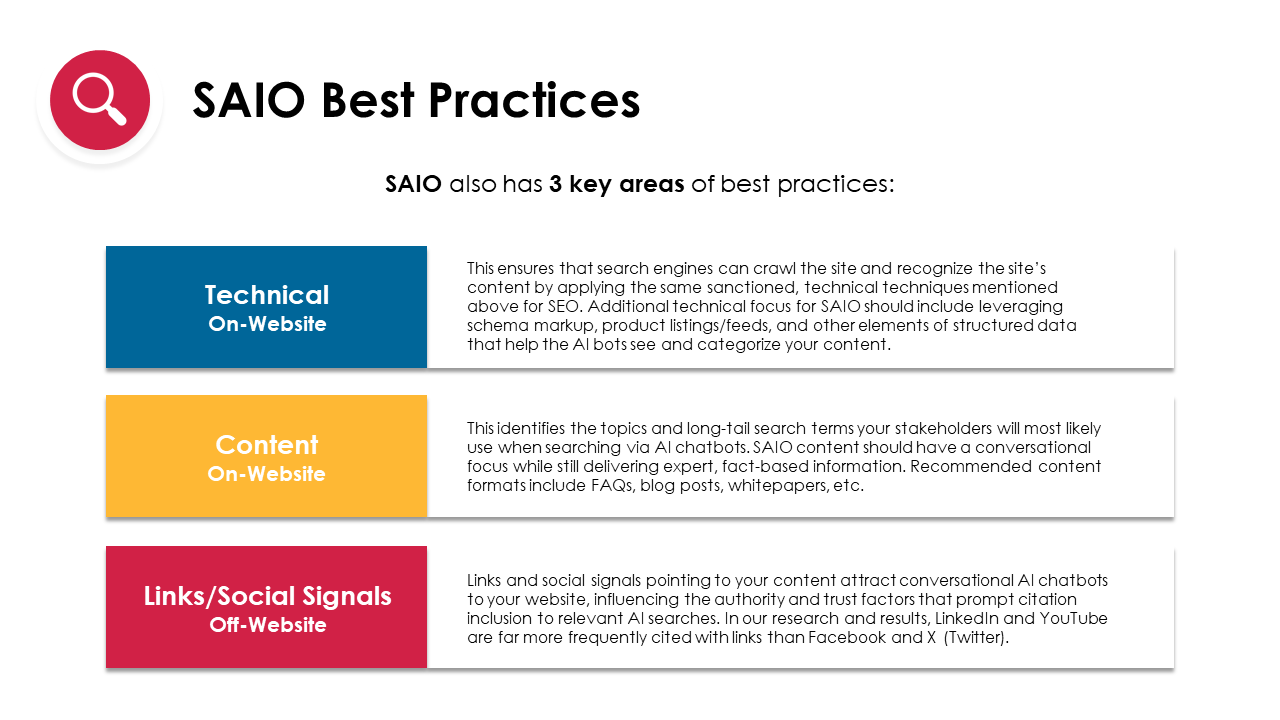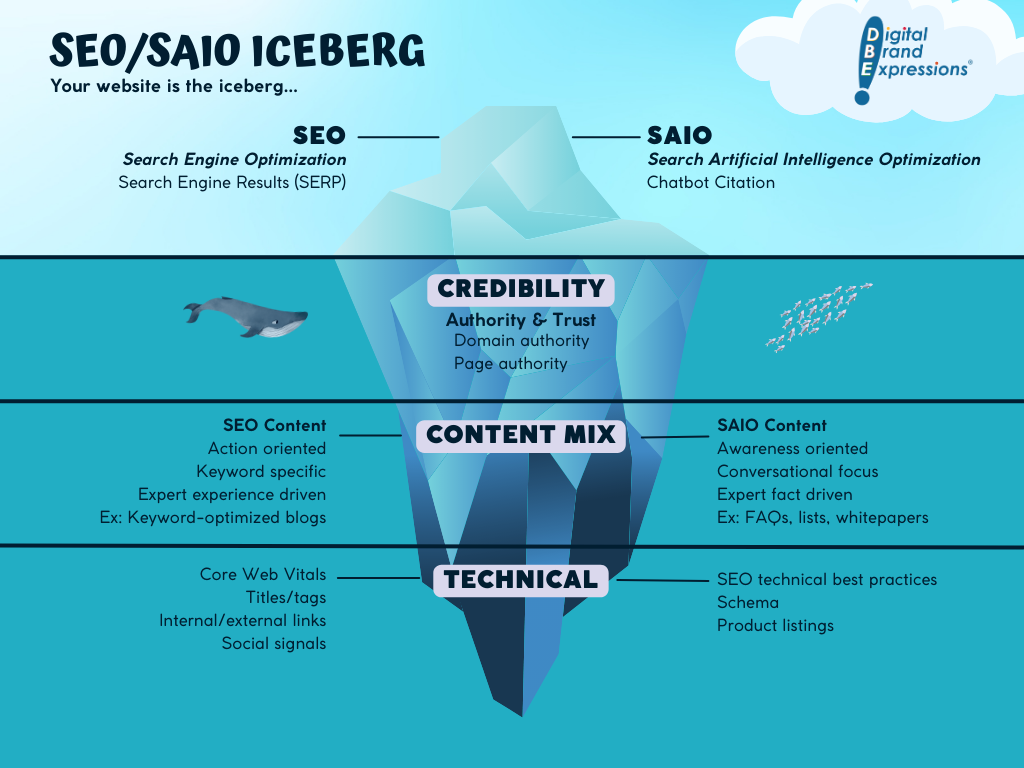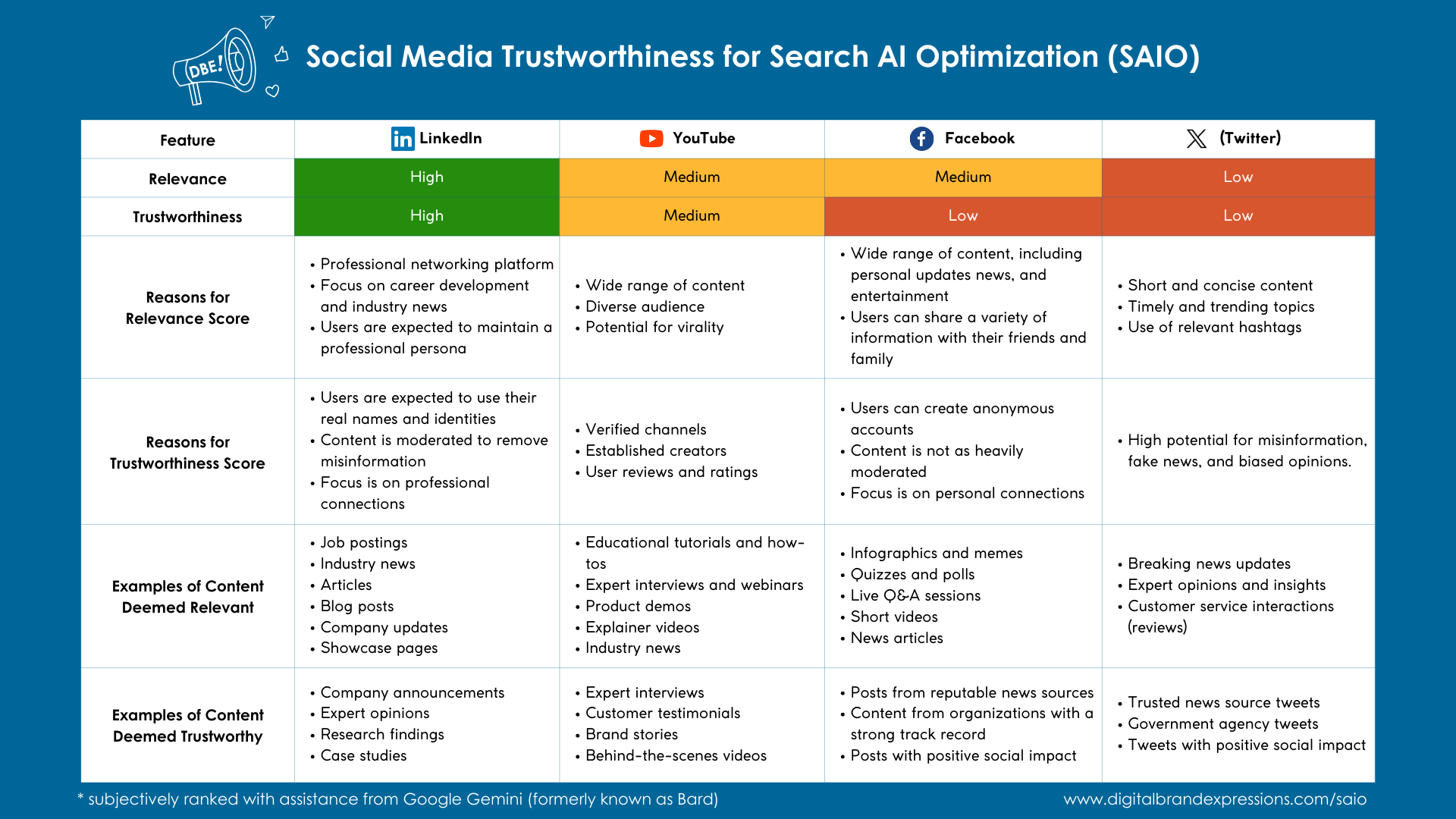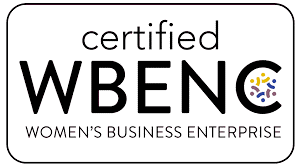Updated 2/25/25
Generate visibility and traffic with citations and links in conversational chatbots like Bing Copilot (formerly Bing Chat), Google Gemini (formerly Bard), ChatGPT/SearchGPT, Perplexity, and more. Some SEOs might take a more wait-and-see approach.
The reality is conversational AI chatbots like Bing Copilot, ChatGPT/SearchGPT, and Perplexity are:
- already live;
- already stealing traditional SEO visibility;
- and already driving clicks via citations and links to what they deem trustworthy content sources.
So, in the immortal words of Rocky’s manager, “What are we waiting for!?” Now is the time to protect your investment in organic search marketing by adding Search AI Optimization (SAIO, pronounced “say-oh”) to your traditional SEO strategy.
Here’s an Executive Summary of why SAIO is important and how you can approach these AI platforms as an opportunity rather than a threat to your organic search traffic:
- Simply put, a SAIO strategy focuses on optimizing websites to show up in searches—with link attribution—on conversational chatbots like Bing Copilot, ChatGPT/SearchGPT, Google Gemini, Google AI Overviews, Deep Seek, and Perplexity.
- SAIO and SEO are not mutually exclusive strategies. In fact, they are both rooted in technical, content, and authority signals that address the Experience, Expertise, Authority, and Trust (EEAT) and “helpful content” search quality standards for achieving search rankings and visibility.
- Successful implementation of a SAIO strategy requires shifting your SEO mindset. Your approach to keywords, website content delivery, and how you leverage social media for authority signals is different with SAIO.
- You should be thinking about how to integrate SAIO now, even if tools for monitoring and measuring “chat-tribution” haven’t fully emerged yet.
Now let’s dig deeper into SAIO by sharing some of the questions our clients are asking about this new strategy.
Table of Contents
- Who should be thinking about a Search AI Optimization strategy now?
- Which conversational AI chatbots do you target with your SAIO strategy?
- What are the similarities and differences between SEO and SAIO in terms of optimization tactics?
- Can you further explain why you need different types of content for SEO and SAIO?
- How should you approach links and social signals for SAIO?
- How do I know implementation of SAIO tactics is working?
- Final thoughts on Search AI Optimization
- Other Resources
Who should be thinking about a Search AI Optimization strategy now?
A growing number of searches are being conducted on GenAI chatbots, while Google’s AI Overviews is taking up real estate on the Search Engine Result Pages (SERPs). Regardless of your industry, you should be thinking about SAIO if:
- You are already leveraging traditional SEO tactics to bring significant volumes of relevant and “convert-able” organic search visitors to your website and/or
- You want to protect your brand’s competitive visibility in these new search environments.
Which conversational AI chatbots do you target with your SAIO strategy?
Given the goal of SAIO is to enhance brand visibility and drive relevant clicks directly to your website from AI chatbots, our initial focus for SAIO has been on Bing Copilot, ChatGPT/SearchGPT, Google Gemini, and Perplexity. These platforms currently and consistently include citations with links pointing back to their sources of information.
Based on how we are already achieving SAIO success on the AI chatbots mentioned above, we are confident these tactics will also lead to success on the other conversational AI chatbots and new entries as they emerge. Here’s a visual comparison on the AI chatbots:
What are the similarities and differences between SEO and SAIO in terms of optimization tactics?
DBE’s success in SEO over the past 23+ years is rooted in a foundational strategic structure that addresses three mainstays of best practices: On-Website Technical, On-Website Content, and Off-Website Links/Social Signals.
This approach has allowed us to modify our tactics as search engines have evolved over the years. Our SAIO strategy uses the same strategic structure, but some tactics have been enhanced or changed to attract the AI conversational search bots. See the strategy comparison below:
As you can see, the core tenets for both SEO and SAIO lie in establishing credibility, trust, and authority for your website as a source that has relevant content aligned with the searcher’s query.
Here’s a quick overview of the similarities and differences:
Can you further explain why you need different types of content for SEO and SAIO?
One of the biggest adjustments when approaching SAIO vs. SEO is how you approach page architecture and content. For example, one of today’s popular SEO strategies utilizes a “pillar” approach with a primary page optimized for a topic that is supported by and linked with a series of sub-topic pages optimized for related keywords.
Search AI Optimization also takes a topical approach but, rather than separating sub-topics into separate pages, you can cover the supporting concepts on the topic page. However, the content on this single page needs to be more structured in formatting. This helps the AI learning models “see” the relevance of the content to the variety of intentions of potential user queries. Content formats we’ve found to have led to citations in AI chatbots responses include:
- FAQ’s (with all questions on one page)
- How-tos with step-by-step instructions
- Q & A interviews
- Longer form white papers or blogs split into distinct sections with topic headers
- Listicles or other ranked/sorted information
We’ve also seen the AI chatbots display and link to image graphics and videos that follow these structured approaches to content.
How should you approach links and social signals for SAIO?
Similar to the traditional search bots, the AI chatbots are looking for signs of authority and trust that support citing your content as relevant and reliable. To that end, we are seeing LinkedIn and YouTube as particularly attractive vehicles for supporting citations. LinkedIn is considered more credible than X or Facebook as its user base is composed of identifiable brands and professionals with demonstrated expertise and experience in their fields. YouTube channels with dedicated content around key topics similarly connote the EEAT values that work for both SEO and SAIO.
How do I know implementation of SAIO tactics is working?
There is currently a “chat-tribution” gap as analytics platforms figure out how to track clicks from AI citations. That said, there are several ways to extrapolate SAIO success:
- Closely monitor changes in your overall website traffic:
- Is Organic Search traffic going down vs. prior periods? Is the drop more or less than the anticipated decline for your industry per the article cited above?
- Is Direct traffic going up vs. prior periods? We have seen AI clicks sourced as “direct” traffic in some cases.
- Are Bing/Organic and/or Bing.com/Referral traffic going up? What are you seeing in Bing Webmaster Tools (that now includes “Web and Chat” as a source)?
- Are you getting more referral traffic from SAIO social sources like LinkedIn or YouTube?
- Keep an eye on your SEO rankings and where you are appearing on the SERP. Since implementing SAIO content tactics, we have noticed a significant uptick in achieving higher levels of visibility on a variety of SERP features including One Box, Featured Snippet, Knowledge Graph, Image Searches, Video Searches, Product Listings, etc. These improvements are indicators of the authority, trust, and relevance factors that are important signals for AI chatbots. So, SEO helps SAIO and SAIO helps SEO.
- Do your own chatbot research on the topics you are optimizing. Are you included in the results with citations? Are your competitors? If so, what are they doing better than you in terms of optimization?
Final thoughts on Search AI Optimization
Those involved with SEO from the early days understand organic search is an ever-evolving, never-gonna-die part of an integrated digital marketing strategy. The introduction of conversational, generative AI chatbots like Bing Copilot are just another advancement in how people find relevant information to help them in their professional and personal lives. This AI search world is already live and rapidly gaining traction. So now is the time to protect the efficacy of your SEO program. By adding a SAIO strategy, you can reach and influence these AI searchers – and bring them directly to your brand, services, and products.
Other resources
- Perceptive Marketer – Weekly digital marketing briefs with a mindful twist!
- DBE SAIO Services
- SAIO LinkedIn Page
- SAIO/SEO Glossary of Acronyms, Names, and Best Practice Terms
- Latest SAIO News and Blogs
- 🎥 SEO Strategy for 2025 (Plus How to Get Web Traffic from GenAI Responses with SAIO)
- How SEO Content Writing is Evolving to Meet the SAIO Demand
- Happy SAIO-versary! What we’ve learned about AI and SEO over the past year
- With AI Overviews Appearing Less Often, SAIO Is Still Very Much “Worth It”
- What Google’s AI Overview Release Means for SEO and SAIO
- Spring 2024 Rains Ads On Gen AI Results!
- From Brand Authority to EEAT to SEO to SAIO
- SEO vs. SAIO Content Strategy
- The Yin & Yang of SEO and SAIO
- SAIO and YouTube: Another Click In The (EEAT) Wall
- SAIO and EEAT: The LinkedIn Connection
- Search Artificial Intelligence Optimization (SAIO) News
- 🎥 SAIO and SEO FAQs Answered
- A SAIO (Rhymes with Day-oh) and SEO Strategy Success Story
- The Chattribution Gap
- 🎥 What AI Can and Can’t Do in the Search and Social Space
- Search Engine Land AIO (another name for SAIO) Article Library – Get the latest updates on AI optimization topics.
- Brand Nexus Prompt Templates – A tool that helps create AI chatbot prompts that produce valuable digital marketing insights.
